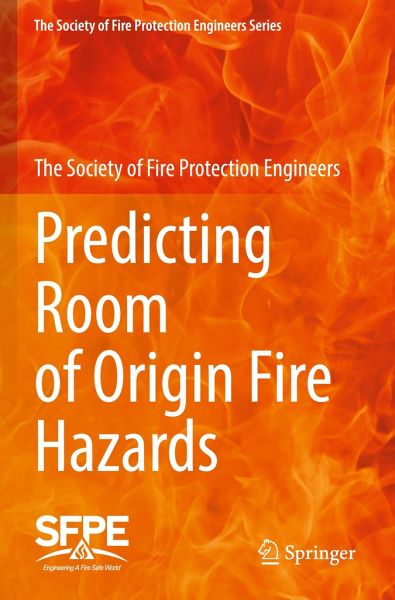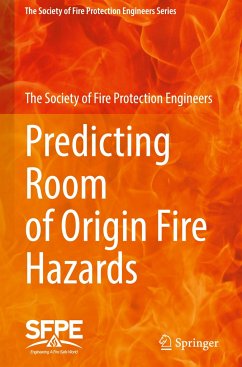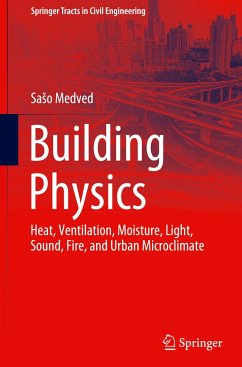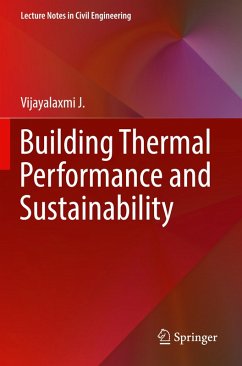
Predicting Room of Origin Fire Hazards
Versandkostenfrei!
Versandfertig in 6-10 Tagen
68,99 €
inkl. MwSt.
Weitere Ausgaben:

PAYBACK Punkte
34 °P sammeln!
This engineering guide provides a methodology to define and quantify the fire development andensuing conditions within the room of fire origin from the fire's incipient stage through its fulldevelopment. The approach presented in this guide was developed using the framework set forthin the SFPE Engineering Guide to Performance-Based Fire Protection. 2nd ed., Quincy, Mass.:National Fire Protection Association, 2007.)It consists of three distinct parts:1.Approach selection2.Input definition and data collection3.Results computationSpecifically, this guide was developed for use as a means to imple...
This engineering guide provides a methodology to define and quantify the fire development andensuing conditions within the room of fire origin from the fire's incipient stage through its fulldevelopment. The approach presented in this guide was developed using the framework set forthin the SFPE Engineering Guide to Performance-Based Fire Protection. 2nd ed., Quincy, Mass.:National Fire Protection Association, 2007.)It consists of three distinct parts:
1.Approach selection2.Input definition and data collection3.Results computation
Specifically, this guide was developed for use as a means to implement the requirements presented in Chapter 10 of the SFPE Engineering Guide to Performance-Based Fire Protection. However, material within this guide has broader applicability and is therefore not limited to performance-based design applications.
1.Approach selection2.Input definition and data collection3.Results computation
Specifically, this guide was developed for use as a means to implement the requirements presented in Chapter 10 of the SFPE Engineering Guide to Performance-Based Fire Protection. However, material within this guide has broader applicability and is therefore not limited to performance-based design applications.












